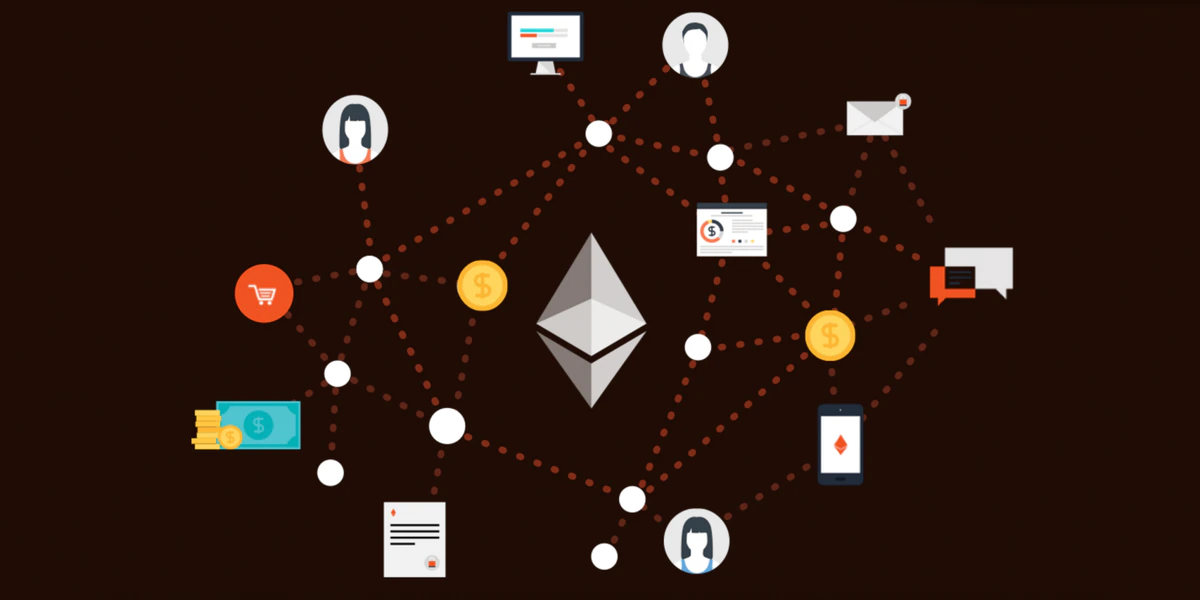A decentralized app is a piece of software that runs on a distributed ledger system, i.e. the blockchain. This is generally used to allow applications to operate autonomously and provide some function to users. It can also be used as a medium for transactions and communication. The most common types of applications that run on the blockchain are crypto currencies and financial services. However, there are a number of other applications that are decentralized, too.
Solana
Solana is a decentralized computer network that provides a platform for building and powering decentralized apps. Its aim is to offer fast, scalable solutions to users. The network supports a wide range of languages, from C++ to Rust.
Solana operates on a third-generation blockchain. It has the potential to process over 50,000 transactions per second. This means the network can perform transactions at Visa-like speeds.
Solana uses a combination of Proof-of-Stake (PoS) and Proof-of-History (PoH) to verify transactions. These two methods combine to provide unique security for the network.
Solana’s PoS algorithm involves a leader node, or a group of nodes, which selects a number of validators. Validators perform a variety of tasks, including producing a block, recording the time and date, and checking the validity of incoming transactions. In return, they receive a commission.
Solana is interoperable with other decentralized applications, so it can be used to power smart contracts. Moreover, the network is scalable, meaning it can handle high volume of network traffic.
TomoChain
TomoChain is a public blockchain project that aims to create an efficient smart-contract public network. TomoChain is a solution to the scalability issue of current mainstream blockchain networks. It also offers features that make it different from other dApps.
The project is led by a team of experts in the fields of business, economics, and technology. Long Vuong, the project’s CTO, has a background in business and economics. He has a decade of experience in the industry.
In March 2018, the project raised $8.5 million in an initial coin offering. Several institutions, including the Japan Crypto Exchange (JCT), Binance, and Terra, have collaborated with TomoChain.
TOMO is the official token of the TomoChain platform. This native asset is expected to have fast transaction speeds and low fees.
TomoChain’s Masternode architecture is designed to improve the network’s capacity. Each node is responsible for storing the entire state of the blockchain. Nodes provide data such as block height, transaction data, and difficulty. They can also be used to propose blocks and vote on them.
MakerDAO
MakerDAO is a platform that enables developers to create smart contracts. It is based on the Ethereum blockchain and provides a stable store of value. In the early days of the Ethereum ecosystem, MakerDAO has already had a significant impact.
MakerDAO is an open source project. The protocol is backed by crypto-native assets like Ether and ZRX. These assets are then used to issue DAI, a stablecoin. Currently, the protocol has more than 2.3 million Ethereum in its ecosystem.
To use the MakerDAO protocol, you will need a crypto wallet and a MetaMask. You will also need a custodial wallet to keep your assets safe.
MakerDAO is an open source platform with a unique set of features. It allows for loan transactions without a centralized third party. Users are able to choose their interest rates and repayment terms. They can also access a vault feature that allows them to withdraw their DAI.
Hive
Hive is a platform for developers and consumers alike. It offers a decentralized solution for identity management, dApps, and token management. The network also offers a variety of applications that allow users to earn passive income.
Hive is powered by the Delegated Proof of Stake protocol. This enables the blockchain to remain decentralized and protects it from abuse and centralization. Users have the option to stake HIVE coins, which are distributed to Witnesses. These users are responsible for signing blocks and validating transactions. Their reward is proportional to the amount of HIVE they own.
One of the most notable features of Hive is its robust design. It is built to support transaction speeds of three seconds, while also providing a scalable structure. The blockchain is designed to provide an uncensored environment for users to share content.
Users can submit proposals to Hive, which is handled by an extensive team of experts. Once approved, a proposal is put into action. Using the Hive platform allows users to create and manage their own communities.

